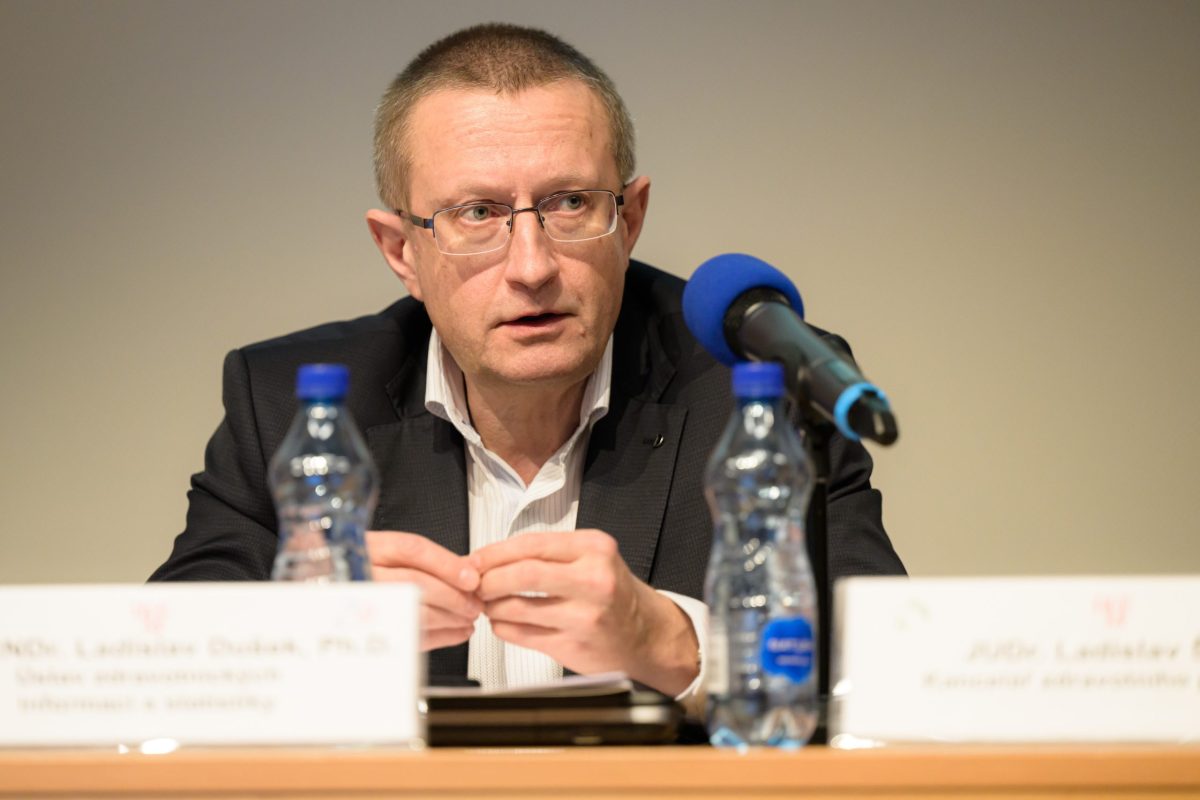Over the past decade, a number of new nicotine-based or heated tobacco products have appeared on the market, fundamentally changing the tobacco market. In terms of public health, these products pose a health risk many times lower, because they do not burn as cigarettes do, which is the main cause of carcinogenic pollutants. However, countries take very different approaches to regulating them, from banning to allowing them as smoking cessation aids. „The best society would be a nicotine-free society. But we don’t live in one and we need to think pragmatically,“ says long-time tobacco researcher Karl-Erik Lund from the Norwegian Institute of Public Health.
The tobacco market has undergone a major transformation over the past decade and we cannot turn a blind eye to this, said Karl-Erik Lund, Senior Researcher at The Norwegian Institute of Public Health, at the 2nd Annual International Panel of the Permanent Conference on Healthcare. „We have new products and the future market will look different from the previous one, which was dominated by cigarettes. But exactly how depends on how these new products are regulated,“ he added.
These include nicotine-based electronic cigarettes, heated tobacco, nicotine sachets and even nicotine gum. In Norway and Sweden, a local specialty called snus, a tobacco that dissolves in the mouth, is dominant among nicotine consumers and is banned in other EU countries (Sweden negotiated an exemption when relevant EU legislation was being discussed, Norway is not a member of the EU – Editor’s note), which Lund says has gradually succeeded in pushing cigarettes off the market.
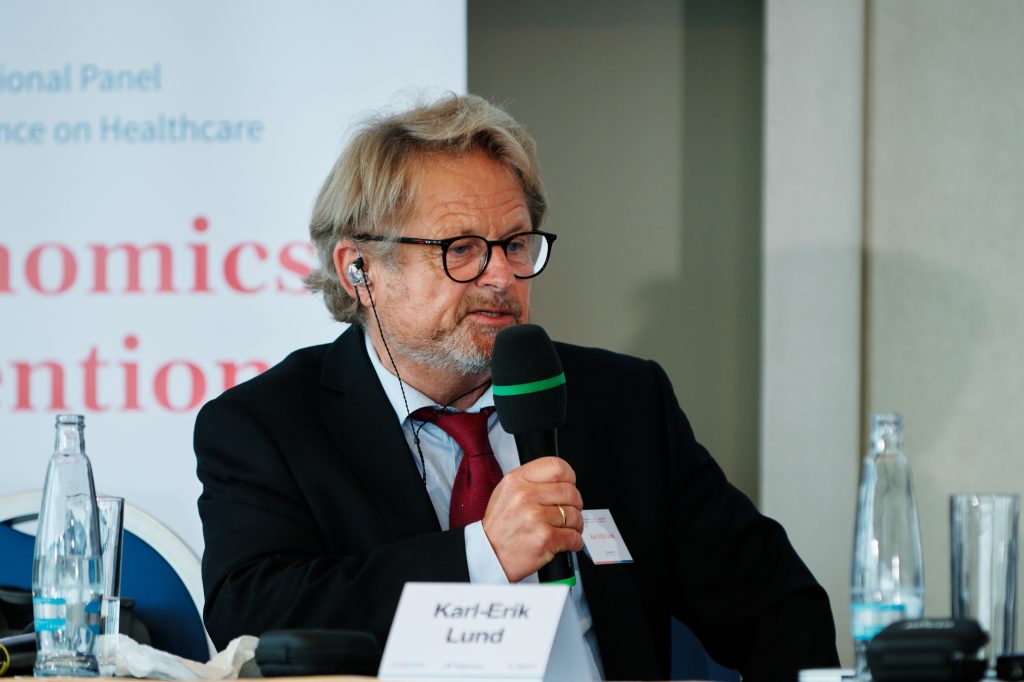
Do we want to fight smoking-related diseases or do we want to create a nicotine-free society? asks Karl-Erik Lund. Photo: Radek Čepelák
In terms of public health, these are less risky products compared to cigarettes, which become highly toxic during the combustion process. „It is the smoking itself that kills, not the nicotine itself,“ Lund points out (more on the alternatives’ level of harm also here – Editor’s note).
What is the purpose of regulation?
The big question today is how governments should approach the regulation of these products. „What should be the goal of anti-tobacco policy? Do we want to fight smoking-related diseases? Or do we want to create a nicotine-free society?“ Lund names the key questions needing to be answered in this context. These are also influenced by attitudes toward the tobacco industry, which is undergoing a major transformation and is increasingly focused on less risky alternatives to cigarettes.
Nicotine, the scientist continues, will not disappear from society. „People who use it have reasons to do so. For reasons of fun, stress relief, cravings, satisfaction…Nicotine is a stimulant, just like coffee,“ he explains. At the same time, it is not a carcinogenic substance, unlike those produced by burning cigarettes. And it plays only a small role in the development of smoking-related diseases.
On the other hand, Lund admits, these new products often have attractive designs, cheerful colors and sweet flavors. This may attract new users who might not otherwise have access to nicotine. „This places the regulator in a rather difficult position,“ he acknowledges. He then adds three further questions that need to be answered when considering appropriate legislation.
Mohlo by vás zajímat
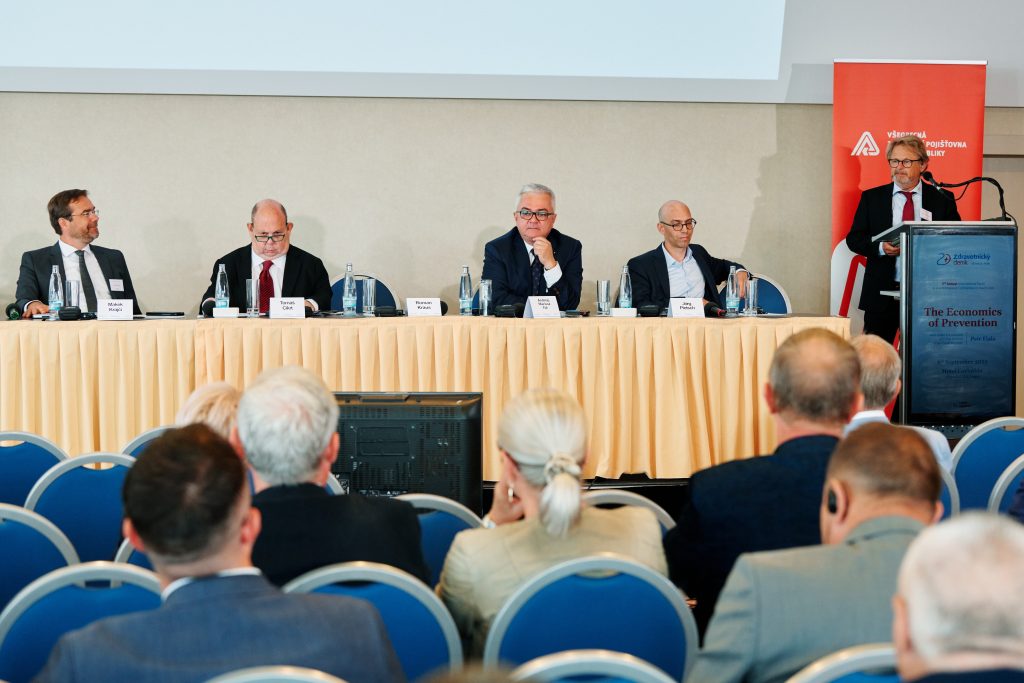
The first session of the conference on Effective Prevention Policies and the Long-term Financial Sustainability of Healthcare Systems in the Context of Demographic Change. From left: Marek Krajčí, Member of the National Council of the Slovak Republic and former Minister of Health, Tomáš Cikrt, Editor-in-Chief of Zdravotnický deník, Andrzej Mariusz Fal, President of the Polish Society for Public Health, and Jörg Pietsch, Head of the Unit Office of the Commissioner of the Federal Government for Drug and Addiction Policy. Karl-Erik Lund, Senior Researcher at the Norwegian Institute of Public Health, speaks at the lectern. Photo: Radek Čepelák
„Want to ease the transition from smoking?“ Lund names the first one. If so, it makes sense to make the availability of these new products uncomplicated, to inform users of the differences in health risks compared to cigarettes, to retain their attractive features (e.g. flavors) and to make them more affordable (e.g. by charging a lower rate of excise duty).
„Or do I want to create barriers in the market so that children and young people can’t access them?“ Lund continues with another question. If the regulator answers in the affirmative, it resorts to banning alternatives to cigarettes, suppressing information about differences in health risk, or at least banning attractive features (flavors) and taxing them at the same rate as cigarettes.
However, Lund said that legislation that makes new products harder to access, less attractive, more expensive and generally less user-friendly only encourages smokers to continue to consume cigarettes. „Finding the right balance is not easy,“ says Lund.
The idea of a nicotine-free society is unrealistic
Both approaches can be seen in the world today. The representatives of the first one are the UK (more here and here, for example – Editor’s note.) and New Zealand, which, according to Lund, see alternatives to cigarettes as part of the solution and not as a problem in itself. In the second case, there is Australia or Finland. They in turn see these products as an extension of the tobacco problem and either ban them outright or regulate them in the same way as cigarettes.
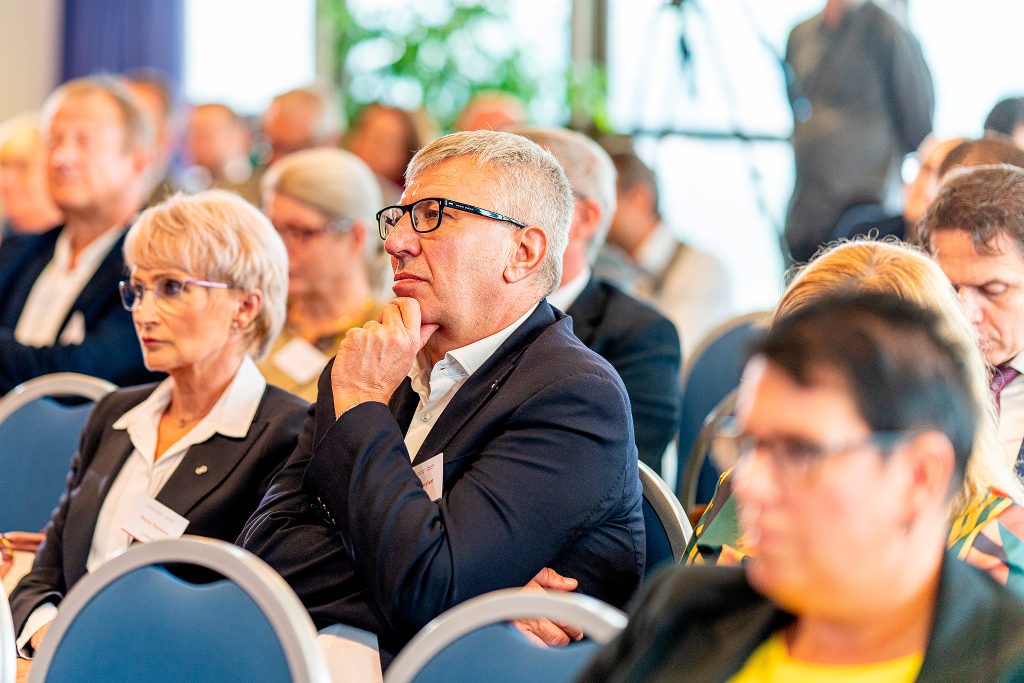
It is essentially frustrating for politicians and regulators to have to decide between such conflicting positions, Lund notes, and so the net effect of new products on public health needs to be very carefully considered. This is in terms of three key factors. The first is the absolute risk compared to non-users (i.e. the impact of use on those tempted by the attractive features of the product and who would not otherwise smoke), then the relative risk compared to smokers (i.e. what are the health benefits of switching), and finally the composition of users (how many are smokers compared to non-smokers).
The results of this balancing are now more than evident, according to Lund. „Again, it is cigarette smoking that kills, not nicotine. Therefore, our goal should be to reduce the risk of developing smoking-related diseases, not nicotine use per se,“ believes this long-time tobacco researcher. He says it is highly crucial to separate the risk of nicotine use from the risk of cigarette smoking. „If addiction brings a low level of harm, then it is a moral rather than a public health issue,“ he says.
Experience from Scandinavia, the UK and Japan, he said, clearly demonstrates that available alternative nicotine products, accompanied by adequate regulation, can replace cigarettes very effectively. They also appear to be attractive to smokers and young people who would probably start smoking anyway.
„There is no need for cigarette smokers to risk their lives for a regular dose of nicotine when there are alternative products available,“ Lund adds. And he cites that people with a taste for nicotine will always be around. So we should aim to ensure that nicotine intake is as harmless as possible to them. „By switching to alternative products, smokers will greatly reduce their health risks,“ he points out. Therefore, the regulator should also accept that some non-smokers will start using these new products. „But it’s not a disaster, as it turns out…These new products can prevent young people from starting with the smoking of cigarettes,“ Lund adds.
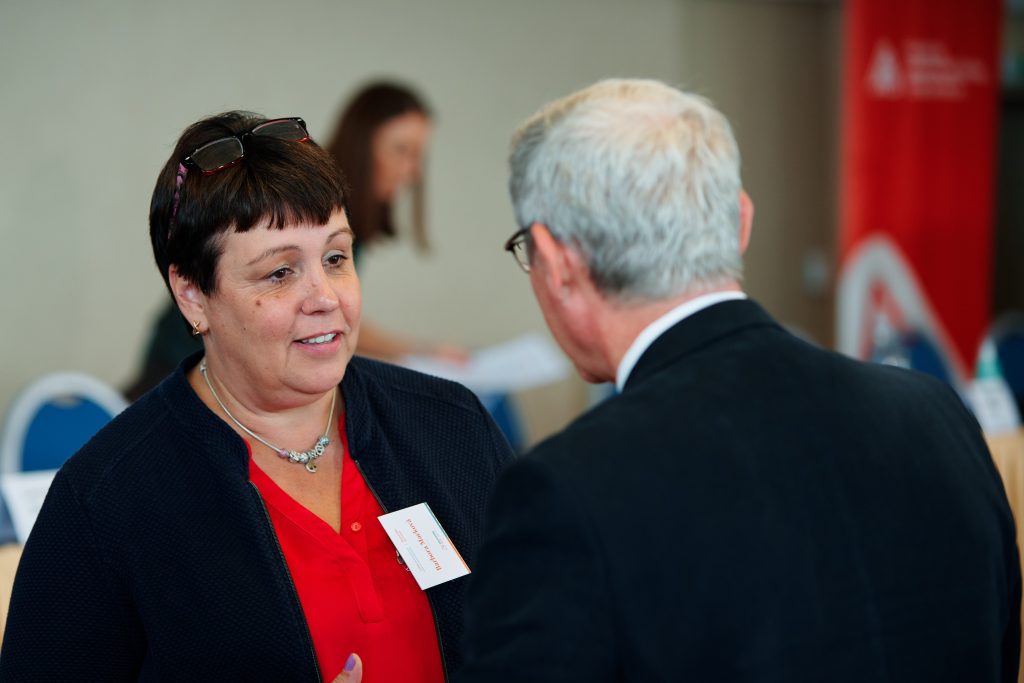
So, going back to the net effect from a public health perspective, alternative products would have to be used by the vast majority of existing non-smokers for the result to be negative. „However, nothing points in that direction yet,“ Lund underscores. He adds that even if all smokers in the Czech Republic, and there are less than 30 percent of them in the population, switched from cigarettes to nicotine sachets, the effect would still be positive, given that the health risk of sachets is 95 percent lower than that of cigarettes.
„So it is time to stop being emotional and start thinking rationally about these products and those who produce them,“ Lund says. „Measures to switch smokers unable or unwilling to quit from cigarettes to lower-risk products would be effective,“ he believes. „Of course, the best society would be a nicotine-free society. But we don’t live in such a world and we need to think pragmatically,“ he concludes.
Helena Sedláčková






